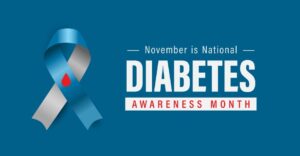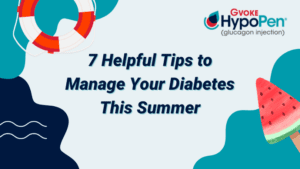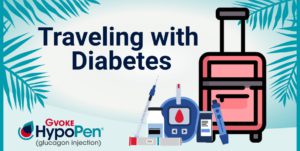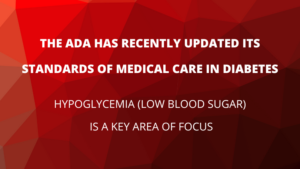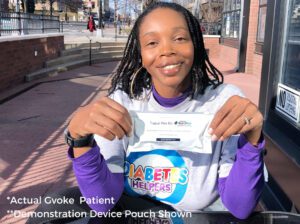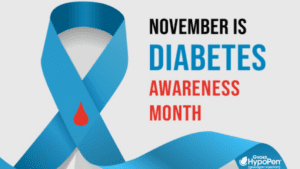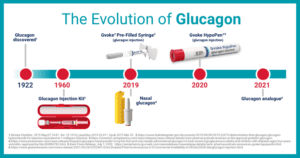Gvoke® Blog
Explore educational articles on topics like being prepared to treat very low blood sugar and living with diabetes.
Featured Article
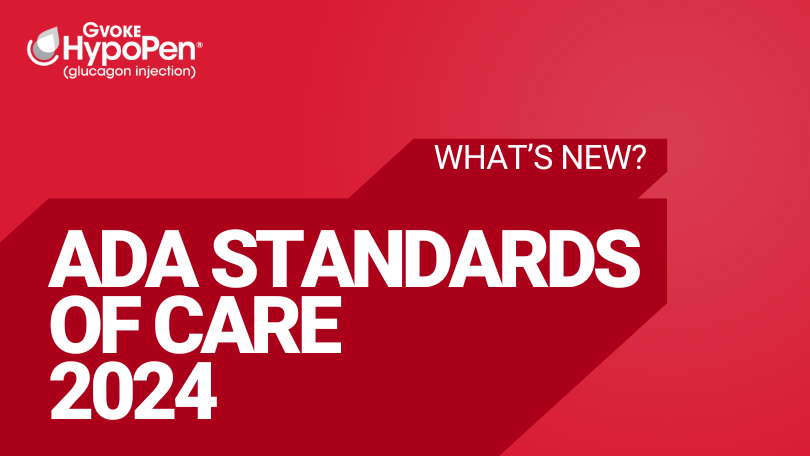
Do You Have the Right Tools to Treat Very Low Blood Sugar?
Recent Articles
All Articles

Meet Gvoke HypoPen (glucagon injection)
Gvoke HypoPen is the ready-to-use rescue pen anyone can administer with confidence1,2
- Ready-to-Use Premixed and ready-to-go at a moment’s notice.3
- Simple to Administer Anyone can administer in 2 steps (pull red, push yellow)1,4 including you — in certain situations. Become familiar with how to use Gvoke HypoPen before an emergency happens and show your relatives, close friends, or caregivers where you store it and how to use it. For additional information, see Gvoke HypoPen Instructions for Use.
- Proven to Work Brings very low blood sugar back up quickly.3†
†In two clinical studies in adults, blood sugar levels that were less than 50 mg/dL increased to above 70 mg/dL or increased by at least 20 mg/dL within 13.8 minutes on average.
REFERENCES:
- Valentine V, Newswanger B, Prestrelski S, Andre AD, Garibaldi M. Human factors usability and validation studies of a glucagon autoinjector in a simulated severe hypoglycemia rescue situation. Diabetes Technol Ther. 2019;21(9):522-530.
- Meyer JM, Devona MC. U.S. Survey investigating gaps between patients and specialists in the treatment of severe hypoglycemia and impressions of the ease-of-use of liquid-stable glucagon for subcutaneous injection. Int ArchEndocrinol Clin Res. 2021;7(1):025. doi:10.23937/2572-407X.1510025
- Gvoke [prescribing information]. Chicago, IL: Xeris Pharmaceuticals, Inc.
- Gvoke HypoPen [instructions for use]. Chicago, IL: Xeris Pharmaceuticals, Inc.
Indication
GVOKE (glucagon) is a prescription medicine used to treat very low blood sugar in adults and children ages 2 years and above with diabetes.
Important Safety Information
- Do not use GVOKE if you:
-
- Have a tumor in the gland on top of your kidneys, called a pheochromocytoma because of the risk of a substantial increase in blood pressure
- Have a tumor in your pancreas called an insulinoma because of the risk of low blood sugar
- Are allergic to glucagon or any inactive ingredient in GVOKE. Stop using GVOKE and seek immediate medical attention if you experience any symptoms of a serious allergic reaction such as rash, difficulty breathing, or low blood pressure
- Before using GVOKE, tell your doctor about all the medicines you take and your medical conditions, including if you have not had food or water for a long time (prolonged fasting or starvation), have low blood sugar that does not go away (chronic hypoglycemia), or have a history of a skin rash called necrolytic migratory erythema (commonly associated with glucagon-producing tumors)
- The most common side effects reported in adults are nausea, vomiting, swelling at the injection site, and headache
- The most common side effects reported in children are nausea, low blood sugar, vomiting, headache, abdominal pain, high blood sugar, pain or redness at injection site, and hives
- Inform caregivers on the Instructions for Use of GVOKE, and symptoms of severe hypoglycemia, which include unconsciousness and seizures or convulsions
- Store in original container until time of use, and at room temperature between 68°F to 77°F (20° C to 25° C)
- You are encouraged to report side effects of prescription drugs to the FDA. Visit http://www.fda.gov/medwatch or call 1-800-FDA-1088
Please talk to your doctor and see full Prescribing Information and Patient Information Guide for GVOKE.

